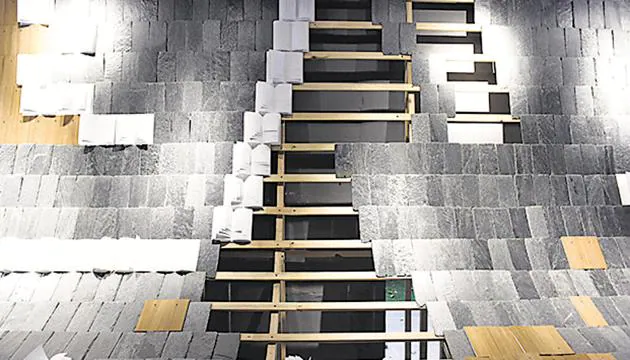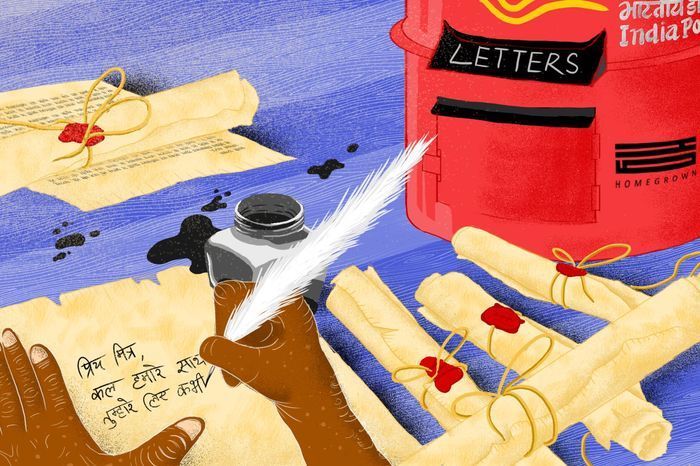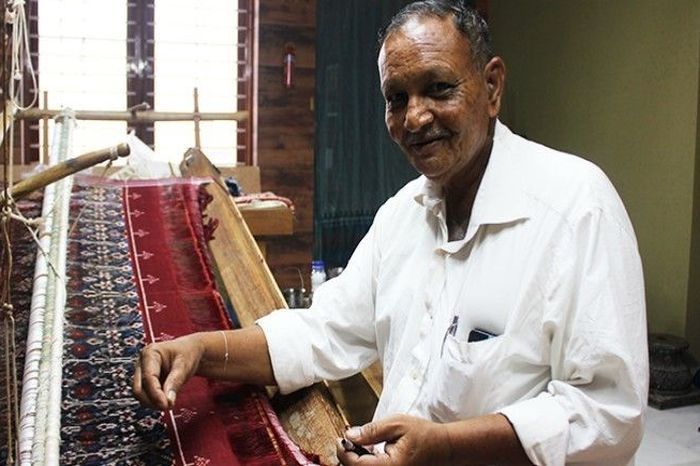‘In the Absence of Writing’: History as it was recited – Hindustan Times
One morning, in the town of Yazd in Iran, an Indian woman named Astha Butail pitched tent and invited local scholars in to recite hymns from the Zoroastrian Avesta, the living oral history tradition of Iran. She recorded the hymns, then interviewed them about their significance, drawing parallels with the Indian oral tradition of the Rig Veda.
In Saharanpur, art of woodwork thrives as artisans embrace international designs, digital business methods – Firstpost
Wahid was feeling particularly restless the day he decided to come back to India. The 51-year-old woodcarver, having spent 25 years of his life creating furniture for the king of Bahrain, dreamed of starting a woodcraft business at a time when he could have been working towards a retirement plan. With enough expertise, Wahid returned to Saharanpur — the place where he was born and grew up. He found his way back to the same old lanes where he was first introduced to woodcarving.
Inside The World Of Dharavi’s Diya-Makers – Homegrown
63-year-old Ranchod Bhai does not remember when his father migrated to Mumbai from their village in Gujarat. He, however, does remember spending hours with him every day, getting his hands dirty and learning to shape the perfect diya on his potter’s wheel. Dropping out of school after the eighth grade, making diyas is what Ranchod Bhai has done for the last 50 years. And as he proudly puts it – he would not have it any other way.
The Last Letter Writers Of Mumbai – Homegrown
The first time I saw Chauhan Uncle he was sitting on a tiny stool at a busy traffic junction right in front of the General Post Office outside CST, Mumbai. Dressed in plain black pants and a blue formal shirt, his wrinkled face and sad eyes told many stories yet his lips remained sealed. A ballpoint pen peaked from his chest pocket. “Kya aap khat likhte hain (Do you write letters)?” I asked him since the watchman at the GPO had directed me here. He looked at me in bewilderment and then laughed sarcastically. “Who writes letters today,” he said snidely and walked off. I meandered in the area for several minutes asking people at random about letter writers. Strangely, they all pointed back to Chauhan Uncle. I walked back to him, reframing my question. “Kya aap khat likhte the (Did you ever write letters) ?” I asked. He nodded slowly.
One Family’s Struggle To Keep A Regional Saree Tradition Alive – Homegrown
I was standing amidst the massive subterranean structure of Rani-Ki-Vav (Queen’s Stepwell) in Patan, Gujarat when I first noticed it. My eyes were lingering through the 500 principle structures and over a thousand minor ones of the human figurines, gods and goddesses carved on this World Heritage Site, when suddenly they got fixated upon unique but familiar abstract designs sculpted on the musty wall panels. These were geometric patterns and shapes carved very intricately, one inside the other. I was intrigued. Most of the carvings on the walls of the 7 storied Rani-Ki-Vav were religious and mythological in nature and we had been told the significance of most of these. But these abstract patterns were something I could not decipher.




